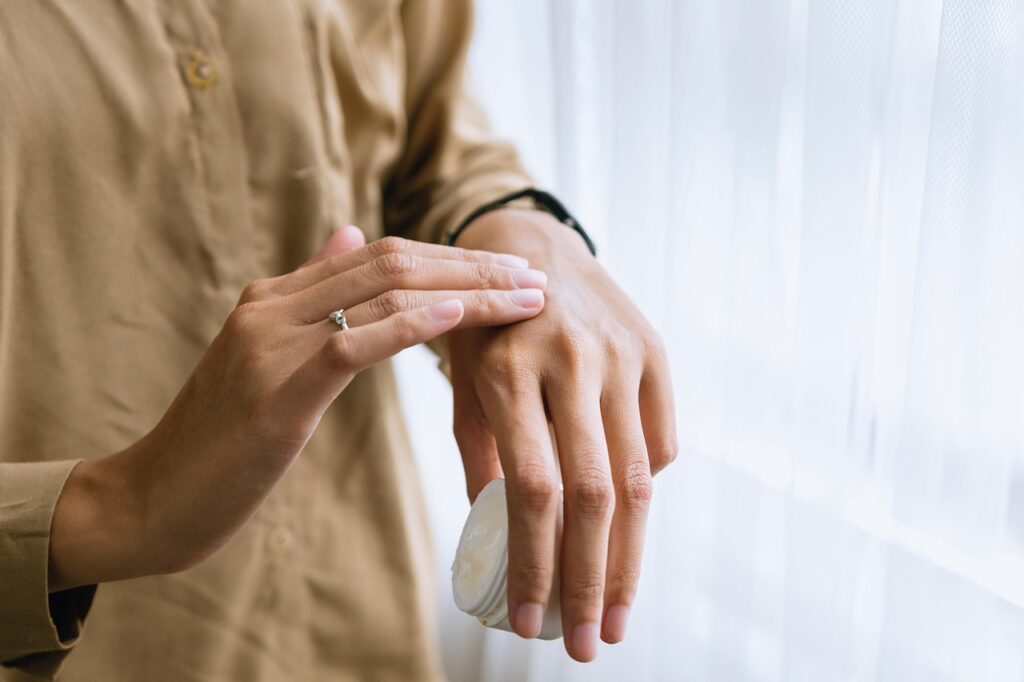Start with Knowing Your Skin Type
In 2026, guessing your skin type isn’t just outdated it’s a fast lane to wasted products and irritated skin. Whether you’re building a routine or buying your first cleanser, knowing your skin is the foundation. Skip this step, and nothing you do after sticks.
Here’s the short version:
Oily skin produces excess sebum (that greasy shine by noon isn’t just bad luck).
Dry skin feels tight or rough, sometimes flaky.
Combination skin is oily in the T zone and dry or normal elsewhere.
Sensitive skin reacts easily burning, stinging, or spots after trying new stuff.
Don’t rely on guesswork or one off symptoms. Test in natural light, feel your skin a few hours after cleansing, or look up simple blotting paper tests. Don’t let social media influencers or product hype define your type your skin doesn’t match a trending filter.
One of the most common rookie mistakes? Choosing products just because they’re “popular,” not because they match your skin. That hydrating serum everyone loves? Might break you out if you’re oily. That foaming face wash your friend swears by? Could wreck your moisture barrier if your skin’s dry.
Figure out your skin type first. Everything else gets easier.
Learn more: Understanding Your Skin Type: The Foundation of Beauty Basics
The Core 3: Cleanse, Moisturize, Protect
If you’re building a skincare routine from scratch, lock these in: cleanser, moisturizer, and sunscreen. No fluff, no debates. These three are non negotiable every skin type, every gender, every age group.
Start with cleansing. Your face collects oil, dirt, and pollution daily. A good cleanser removes all that without shredding your skin barrier to pieces. Skip anything that leaves your face feeling tight that’s not clean, that’s stripped. Look for words like “gentle,” “hydrating,” or “pH balanced” on the label. Foam is fine, but steer clear of anything that smells like a lemon scented disinfectant.
Moisturizing isn’t about giving your skin water; it’s about trapping it in. The right moisturizer supports your skin’s barrier and keeps irritation at bay. The wrong one? Breakouts, flakiness, or both. Apply while your skin’s still slightly damp it helps lock in moisture better. You don’t have to feel greasy to know it’s working.
Now to the hill dermatologists are willing to die on: daily sunscreen. Rain or shine, indoors or out UV light doesn’t care about clouds. Without sunscreen, you’re leaving your skin wide open to damage and aging, even if it doesn’t burn. Find a broad spectrum SPF 30 or higher. Mineral or chemical? That’s your call, but wearing none isn’t an option.
This is your baseline. Marry this trio before flirting with anything else.
Don’t Overcomplicate It (Yet)

When you’re just starting with skincare, doing less isn’t lazy it’s smart. Your skin doesn’t need a shelf full of products right now. It needs you to pay attention. The more steps you throw in from day one, the harder it is to know what’s helping and what’s hurting. Start lean: a gentle cleanser, a solid moisturizer, and sunscreen. That’s it. Let your skin settle before stacking on extras.
Ignore the noise around 10 step routines. They might work for some, but piling on toners, acids, masks, and mists won’t speed up your glow up. In fact, overdoing it too soon is a fast track to irritation, breakouts, or just plain confusion. Simplicity early on builds intuition.
And this part matters: listen to your skin. It’ll talk back through redness, dryness, stinging, or unexpected breakouts. Every face reacts differently, so pay attention and adjust instead of powering through because TikTok said it’s a miracle product. Stick to the basics, be patient, and ramp up only when you’re ready.
Beginner Friendly Products That Work
If you’re starting from scratch, keep your eyes on three key ingredients: hyaluronic acid, niacinamide, and glycerin. These are skin friendly staples that hydrate, calm, and help maintain your barrier without causing chaos. Hyaluronic acid pulls water into your skin (hello, plump), niacinamide evens tone and tightens pores, and glycerin helps lock in moisture. You don’t need a chemistry degree just scan labels for one or more of these.
Now, about fragrances and alcohols. A little scent might make a product feel luxe, but if your skin is sensitive or reactive, it can be a minefield. The fewer the extras, the better. Same goes for denatured alcohols, which can dry skin out over time despite feeling refreshing upfront. Rule of thumb: if something stings, ditch it.
And no, you don’t need to spend a fortune. Drugstore brands and indie labels are doing big things on tiny budgets. Cerave, The Ordinary, and Geek & Gorgeous are prime examples clean formulas, effective actives, and no nonsense pricing. Don’t confuse simple packaging with lack of quality. Most of the time, that’s just money they’re not spending on advertising.
Bottom line: good skincare doesn’t shout. And for beginners, that’s exactly the kind you want.
Timing and Consistency Are Everything
Skincare isn’t magic. It’s about small moves, done daily. Knowing when to apply what keeps it from becoming guesswork. Morning is for defense cleanser to clear the slate, moisturizer to soften, and sunscreen to shield. Keep heavier or treatment focused products, like retinoids or exfoliants, for night when your skin is in repair mode. And if your primer says “night use only,” believe it.
Give products time. Nothing changes your skin in three days. For most basics like moisturizers or cleansers it takes three to four weeks to see how your skin responds. Actives might show results faster, but irritation can too. Be patient before you jump ship.
Habits make skin care stick. Leave your products where you can see them: by the sink, near your toothbrush, whatever works. Keep the routine under five minutes, especially in the beginning. Same steps, same time every day. That’s how good skin starts not with a miracle serum, but with showing up when it’s boring.
When to Level Up Your Routine
Your skincare routine doesn’t need a major upgrade right away but as your skin adjusts and improves, you may start to notice it craving more targeted care. Knowing when and how to introduce advanced products like exfoliants, serums, or active ingredients is key to leveling up without overwhelming your skin.
Signs You’re Ready to Expand
Here are a few signs your skin may be ready for more:
Stable routine: You’ve been following your basic routine (cleanse, moisturize, protect) consistently for at least four to six weeks with no major irritation.
Specific concerns: You want to address issues like dark spots, texture, dullness, or early signs of aging.
No sensitivity: Your skin hasn’t reacted negatively to your current products and seems balanced.
Adding New Products: Start Slow
It can be tempting to dive into all the trending skincare products at once but resist that urge. Go slow and stay strategic:
Add only one new product at a time every few weeks so you can monitor how your skin reacts.
Start with lower concentrations of active ingredients (like retinol or AHAs) to avoid irritation.
Introduce actives at night, once or twice a week, then build up gradually.
Influencer Advice vs. Dermatologist Insight
While social media can be a great source of product recommendations, be cautious:
Influencers may mean well, but what works for their skin may not work for yours.
Dermatologists provide expert, personalized advice which is especially important if you have sensitive, acne prone, or reactive skin.
If you’re unsure about a product or ingredient, schedule a consultation to confirm what’s safe and effective for you.
Evolve, Don’t Overhaul
Consistent routines create strong foundations. As your knowledge and skin evolve:
Keep experimenting but with intention
Make gradual changes, one product or formula at a time
Track your skin’s response and don’t ignore early signs of irritation
Your skin thrives on stability. Respect the process, and it will reward you.
Stay consistent, stay patient your skin adapts when you do.
